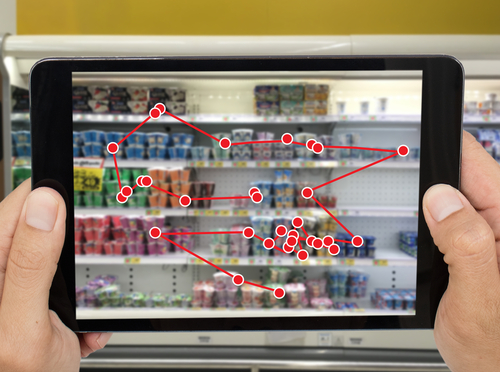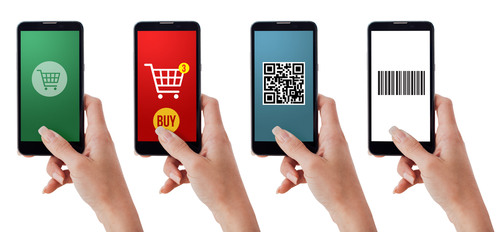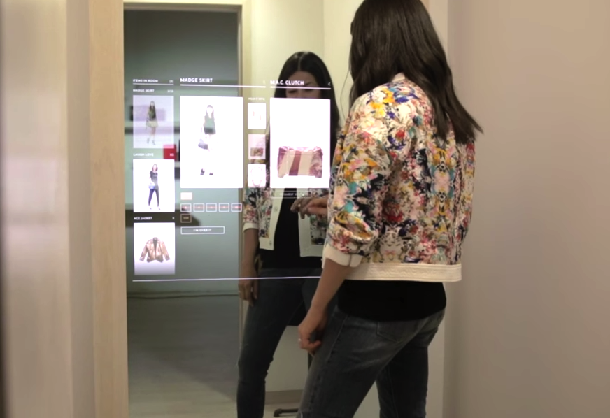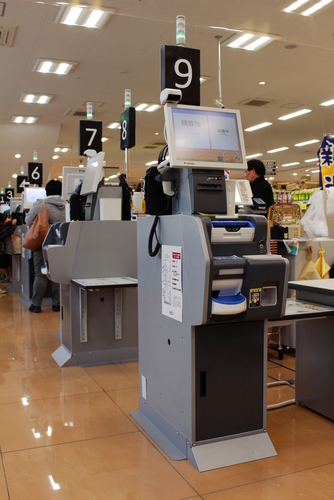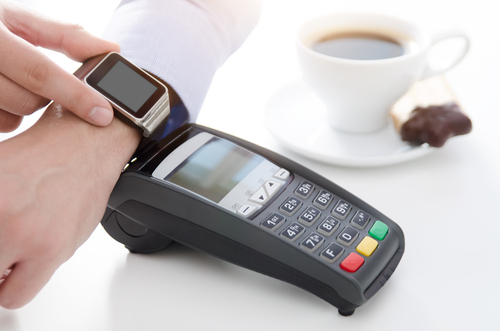Tag: Retail Technologies
COVID-19 Gives A Fillip To Innovative Digital Retail Tech & E-Commerce
Containment measures implemented as a result of COVID-19 have created a “hide and seek” situation for the retailers and their customers. Although many believe that this is forcing retail tech to evolve, it is in fact doing much more. It is causing a ‘retail revolution’ and significantly changing the retail tech across categories. This article will discuss how COVID-19 will advance innovation in Retail technology.
Five Essential Retail Technologies
One way in which the COVID-19 pandemic has forced the retail industry to adapt to the “New Normal” is by finding viable ways to ensure business continuity. Home quarantines and mandated store closures around the world have expedited the shift to online shopping, forcing many organizations to adopt e-commerce as their primary shopping channel.
Here are five essential approaches to retail tech across categories in response to the current crisis:
1. Work from home capabilities
With over 210 countries affected by the coronavirus as of May 2020, several countries have encouraged or even enforced work from home (WFH) as the only viable option for business continuity. This requires a shift in work dynamics necessitating companies to become more flexible and open up communication lines across departments and customers. Retail organizations will have to adopt technology enablers and digitize their processes and workflow to bolster WFH capabilities.
2. Integrated inventory management
Paranoia about supply shortage has customers adding multiple items to their cart at various stores, but this does not always lead to a purchase. This has led to uncertain stock demand, which causes fluctuations in the stock condition, making it extremely challenging to regulate and maintain inventory during this crisis.
Retailers thus need to focus all their efforts on preparing for a flexible, streamlined, and digitally backed omnichannel retail strategy with an enterprise-wide centralized inventory management system if they want to stay profitable. With an integrated omnichannel approach, you can deliver a unified experience to your customers across channels by tracking, refreshing, and refilling inventory quickly.
Read More: How a Smart Product Ordering System Helps Retailers and Wholesalers
3. Go digital!
Though the shift to digital in retail has always been in the cards, the pandemic is fast-tracking this move, allowing retailers no room for delays in adopting a digital-first approach.
According to a survey held by YouGov in March 2020, 83% of internet users in Hong Kong and 85% of those in China said they avoided crowded public places. If the outbreak of COVID-19 worsens, 58% of US internet users said that they would avoid shopping centers and malls. If retailers do not prepare for these new purchasing behaviors, they will fall behind other competitors in the market.
Read More: Ways to Leverage Smart IT Solutions for your Retail Business
4. Smart delivery
Delivery is quickly becoming the only option for most retailers. However, there are risks associated with it. While a shopper may be anxious about accepting a parcel in person, a driver or delivery person is also at the significant risk of coming in contact with an infected person, and he in turn might infect other customers. This situation makes it imperative to scale up a contactless delivery program.
Retailers can use apps that allow them to track the driver’s location in real-time and ensure that they are learning the routes and delivering packages to the right locations. It is extremely important to get started on this immediately to stay competitive. Leverage the educational capabilities of an app to help onboard new delivery drivers quickly.
Retailers need to invest in:
- Finding reliable logistics partners
- Automating logistics and supply chains for real-time updates
- Finding innovative ways to meet the customers’ expectations
5. Adopt “self-server” technology
PYMNTS.com reports that the projected value of the mPOS terminals market by 2024 is $55 billion.
Retailers need to focus their resources on implementing better hygiene measures and shelf replenishment than asking the staff to keep their scanners clean. Technological development is now allowing the shopper to scan and pack their items as they shop. This self-serve capability in the form of an app can be downloaded on to the personal devices of the customers. It allows them to shop for essential items and put them into their own bags and pay for them at a special counter before they leave. This results in less interaction with other customers or staff and less waiting time for payment.
Read more: How Important is Technology in Retail: 4 Focus Areas
Advance Innovation in Retail Tech
The COVID-19 pandemic has disrupted the retail sector, altered consumer behavior, and brought in lasting changes to the retail landscape. But success depends on your response to the COVID-19 situation. On the bright side, it has forced many retailers to adopt innovation in retail tech.
According to PYMNTS.com, “one hundred fifty million US consumers are expected to use in-store mobile payments by 2021.” Retailers will adopt contactless technologies such as QR codes, mobile payments, and tap and go, and this revolution is happening as we speak. The time to strike is now. Give us a call and let’s discuss how to get you started.
Stay up to date on what's new

Featured Blogs
Stay up to date on
what's new



Talk To Our Experts
Technology has helped retailers to reach people globally and provide services that were never possible through the traditional brick and mortar store operations. Such massive shifts in technology have engaged even the least encouraged shopping enthusiast into acquiring items of their interest. With the advent of smart technology, shopping is just going to get more fun, engaging, and exciting. Here are a few top technologies that will completely change the way you shop.
1. Smart Shelves
Stores can now embed sensors on their shelves and turn them into a smart shelf that detects the stock remaining, the pricing changes, and alerts the staff accordingly. Many times customers find their favorite product out-of-stock. Smart shelves offer a real-time update regarding the inventory of the product and detect if it is running low. It gives retailers the power to change the price of products in real time. Retailers can plan their stocks and discounts based on the customer’s interest.
2. Retailing Apps
Smartphones are a great way to reach your audience and retailers can create their custom apps to sell their goods easily. These apps provide information about stock, alert customers about offers and work to understand the customer behavior. With Big Data analytics on the rise, retailers can figure out what sells more and even personalize the app as per the customer interest to entice them for shopping. The apps are also a great way to test new products and check if they really generate interest from the customers. If yes, the products can be launched and if no, a survey will help to understand what changes would work better.
3. Interactive dressing rooms
Major retailers such as Nordstrom, Neiman Marcus, and Rebecca Minkoff are driving an interactive technology in their flagship stores. An interactive mirror is set up in the trial rooms or fitting areas where shoppers get to analyze a 360-degree view of the outfit they are trying. It allows them to compare other outfits in similar design or color alongside. Customers can send the entire video to friends right away to get an opinion about it. Shoppers have the freedom to ask for a different size or color right from the dressing room. This saves time and increases customer satisfaction as well.
4. Smart stores
Customers who shy away from stores due to long lines at the billing counter can breathe a sigh of relief. Smart stores are not a thing of future anymore since Amazon is opening a Self-Checkout store soon. The customer simply has to walk into the store, pick what they want from the shelves, and walk out of the store. The items picked will be added to the app itself and charged on the mode of payment selected by the consumer. Another smart technology that stores can utilize is having a Virtual Reality (VR) and Augmented Reality (AR) Walk Throughs to provide a personalized experience. Such a technology works best at places that sell furniture, paint, and home improvement items.
5. Mobile Payments
The use of Near-Field Communication (NFC) technology for making payments is available with all latest mobile phones. Such a payment method makes it easy for customers to purchase items without carrying their credit card or cash along. It is far more convenient and easier to manage not just for the customer but even for the retailers.
Technology is on the rise and retailers are not staying behind to use it. If you are a retailer, it is not too late to join the race and get ahead with smarter technology and solutions. And if you have set your mind on a certain technology, look no further than us to develop it.
Stay up to date on what's new

Featured Blogs
Stay up to date on
what's new











